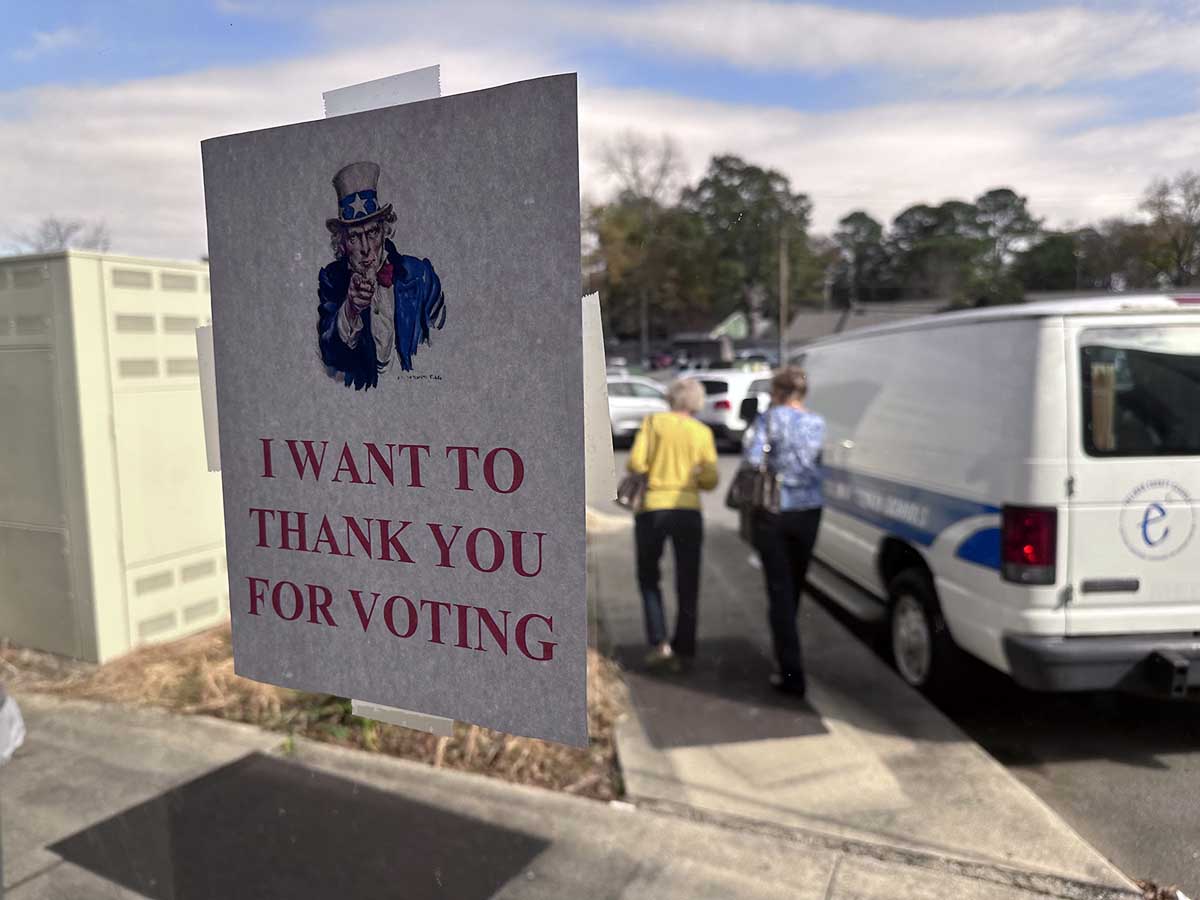(Coulmn) Toomey rightly wants to rein in mission gallop at ‘Boeing’s Bank’
Published 9:20 am Wednesday, May 4, 2022
The Export-Import Bank’s armor of audacity, although of rhinoceros-skin thickness, will not protect it from Pennsylvania Sen. Patrick J. Toomey, ranking Republican on the Banking Committee. He knows that what the bank’s board of directors will consider on April 14 is not mission creep but mission gallop.
The Ex-Im Bank was created in 1934 in the New Deal’s attempt to banish the Depression by enlarging government’s allocation of the nation’s resources by making guaranteed loans to exporters. The Depression ended 83 years ago, not because of the New Deal’s fidgets, which almost certainly prolonged it, but because war preparations did what the New Deal failed to do: put Americans back to work. (The 1939 unemployment rate of 17.2% was higher than 1931’s 15.9%.)
Trending
Ex-Im has been reauthorized 17 times, despite evidence that it is unnecessary: Between 2015 and 2019, when its board was three members short of a quorum, it was unable to approve guarantees of loans larger than $10 million. From 2014 to 2018, the portion of U.S. exports the bank subsidized fell from not much (less than 2%) to minuscule (0.3%) — yet U.S. exports increased.
Ex-Im is known as “Boeing’s Bank.” From 2007 through 2017, Boeing received 34% of the bank’s assistance. During those 10 years, (BEG ITAL)all(END ITAL) small-business loan guarantees amounted to 22% of the bank’s assistance.
For many years, the world has been awash in savings, and therefore in cheap loans. Historically low interest rates make Ex-Im even less necessary than it once was — not that it was ever a necessity. This might explain the bank’s proposed domestic financing initiative.
This would support “the establishment and/or expansion” of U.S. manufacturing and infrastructure projects that would “support and facilitate” exports while “rebuilding” the manufacturing sector. Ex-Im would subsidize, with below-market-cost lending, any U.S. company that has an “export nexus.” A nexus could be direct (say, a borrower exports 25% of its production, or uses 25% of its capacity for exports) or indirect (say, the borrower sells 50% of production to a company that exports 50% of its production).
These percentages could and probably would be lowered to sweep more firms into eligibility for Ex-Im guarantees. Seeking to extend its reach, Ex-Im might decide that 25% is preferable to 50%. Then any small firm would be eligible if it sells a quarter of its small production to a large corporation for which the small firm’s production is a tiny fraction of the value of the large firm’s exports.
So, first Ex-Im fabricates a vast mandate to improvise industrial policy — “rebuilding” manufacturing’s 11.4% of the economy. (Presumably, Ex-Im will rely on its clairvoyance about future markets for future goods and services.) Next, the bank construes its mandate to “facilitate” exports to include financing the needs of “suppliers to exporters.” But, Ex-Im says, do not worry about overreach: Ex-Im’s financing must have a “reasoned and articulated” nexus to exports, as determined by: itself.
Trending
When government resorts to opaque terminology, it is rarely straining for clarity. Consider “additionality,” which Ex-Im says “refers to the existence of reason(s) why a transaction would likely not go forward without EXIM’s support.” The bank decides there are “gaps” between financing that the private sector is willing or able to provide for a project and what the project requires. Or what the private borrower (BEG ITAL)prefers to get from Ex-Im(END ITAL). The bank says its “gap analysis” includes “anecdotal, aggregated information directly from multiple wide-ranging one-on-one interviews with senior market participants.” That is, from potential recipients of Ex-Im benefits.
The supposed “gaps” must usually be between the rates that private-sector borrowers want to pay and the rates that private-sector lenders are willing to provide. Both parties know that Ex-Im exists to provide loans at below-market rates; they know there is usually (BEG ITAL)some(END ITAL) rate at which private lenders would lend for a particular project. and surely private borrowers will often prefer Ex-Im’s rates, even as the bank insists that it exists to “supplement and encourage and not compete with private capital.”
Toomey wonders: Why, exactly, do private lenders need to be supplemented? Why does government need to encourage private lenders to do something that, absent such encouragement, prudence tells them to not do? By opposing Ex-Im’s aggrandizement, Toomey is doing as James Madison directed: “It will not be denied, that power is of an encroaching nature, and that it ought to be effectually restrained from passing the limits assigned to it.”





